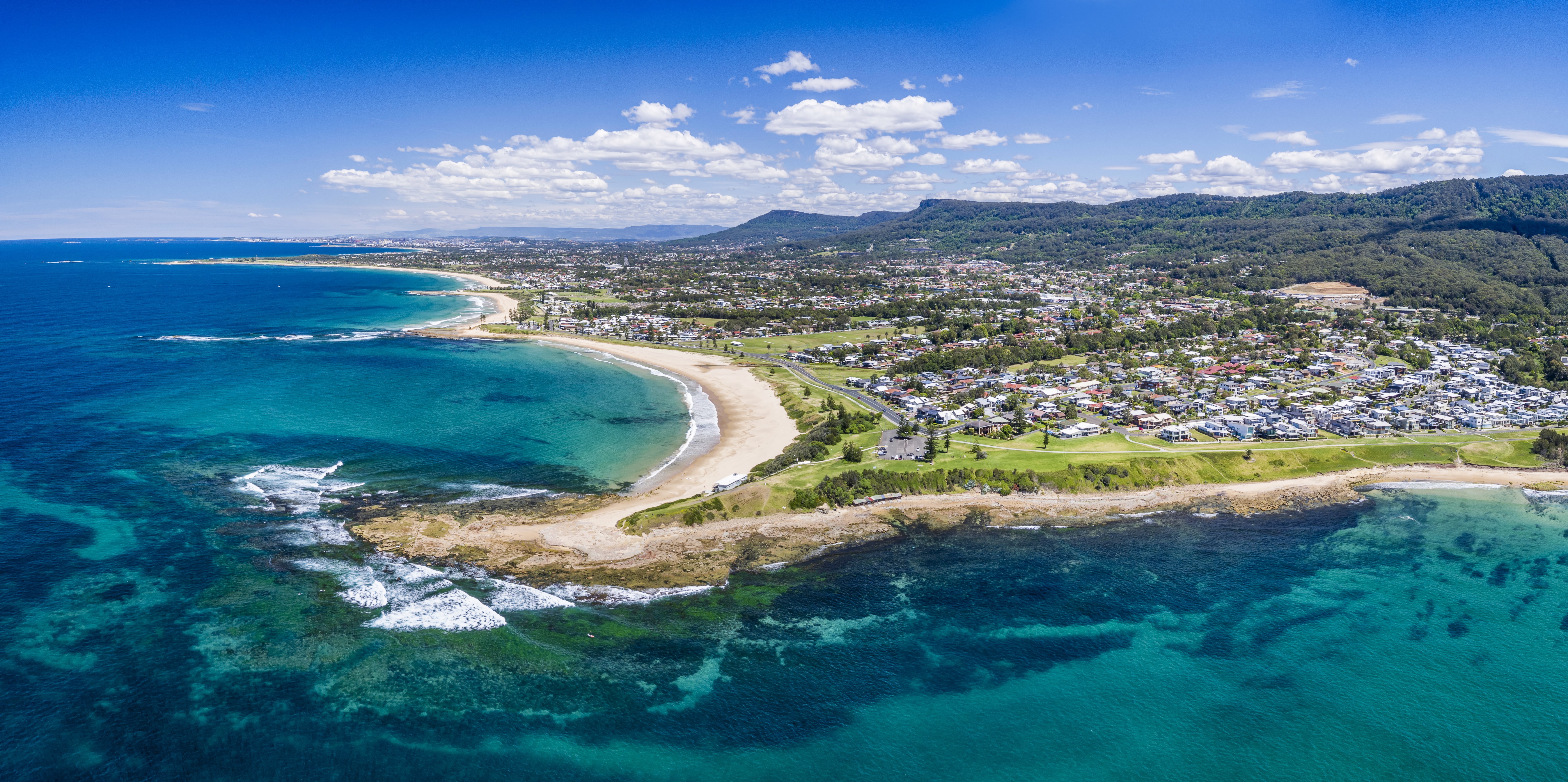NARCliM has expanded its partnerships to become nationwide
Following the establishment of a partnership with the Western Australia Government and a Memorandum of Understanding with Murdoch University currently underway, the NSW Government-led NARCliM project is changing its name.
NARCliM was formerly known as the NSW and ACT Regional Climate Modelling project, acknowledging the ground-breaking partnership established in 2011 between the NSW and ACT Governments to deliver this world recognised research. But NARCliM has grown, and with the South Australia Government joining in 2019 and now Western Australia coming on board, our partnership has very much moved beyond NSW/ACT, to now stretch from Sydney to Perth.
NARCliM will now be known as the NSW and Australian Regional Climate Modelling project. This change is not only an acknowledgement of the expanded project partnerships, but also a recognition of our exemplary leadership in climate science.
Why is this important?
There is no stronger testament to the quality of our climate research program than this expansion of interstate interest in the NARCliM project and its broadening application. It speaks to the resounding need for Australian states and territories to develop regional climate projections in a consistent manner. With proven experience and rigorous methods, our team is highly regarded as being able to support cross-jurisdictional partners as they endeavour to deliver climate information that is most meaningful to their stakeholders.
How does NARCliM support climate action in NSW?
NARCliM provides climate information at a level that is most useable to local decisionmakers. It incorporates world-leading modelling and techniques to deliver the right information to the right people at the right time. This enables evidence-informed actions that will support climate change targets here in NSW, and additionally through this expansion, across the nation.
Learn more about NARCliM climate projections.
Visit the NSW Climate Data Portal to find out how to download the data.



